Soc Trang is a province in the Mekong Delta, located in the lower reaches of the Hau River, on the waterway and road route connecting Ho Chi Minh City with the provinces of the Southwest. It has a 72km long coastline and three large river mouths: Dinh An, Tran De, and My Thanh, flowing into the East Sea.
The administrative geography of Soc Trang changed many times according to historical changes. In the year of Mau Dan 1698, Lord Nguyen sent Chief Nguyen Huu Canh to inspect the Dang Trong region (Southern region) and established the administrative boundaries of this land, establishing Gia Dinh prefecture. He took Dong Nai (Nong Nai) land as Phuoc Long district and established Tran Bien palace, recruited people from Quang Binh to live there, divided villages and hamlets. In 1732, Lord Nguyen established Long Ho palace in Cai Be (at that time Cai Be Dinh), in 1780 it was located in Vinh Long market area and renamed Vinh Tran Dinh, then changed to Vinh Thanh town. At this time, Soc Trang belonged to Ba Thac area (located in Vinh Thanh town, Gia Dinh prefecture).
In 1832, King Minh Mang divided the South into 06 provinces, 03 eastern provinces were: Gia Dinh, Bien Hoa, Dinh Tuong; 03 western provinces were: Vinh Long, An Giang , Ha Tien. Soc Trang land belonged to Vinh Long province.
In 1835, Ba Thac land (ie Soc Trang land) was added to An Giang province, and Ba Xuyen prefecture was established, including 3 districts: Phong Nhieu, Phong Thanh and Vinh Dinh. This is a landmark with very important historical significance for the administrative place names of Soc Trang province later.
In 1867, the French colonialists occupied 3 provinces in the West, including Soc Trang. Then, the French divided the six provinces of Cochinchina into many districts. In 1876, the French colonialists divided the whole of Cochinchina into 4 administrative regions: Saigon, My Tho, Vinh Long, Bat Sac (Bassac). Each large administrative region was divided into many sub-regions, Soc Trang sub-region belonged to Bat Sac region. In 1882, the French separated 2 cantons of Soc Trang sub-region and 3 cantons of Rach Gia sub-region to establish Bac Lieu sub-region. Following a few changes (separation, merger, deletion), the decree of the Governor-General of Indochina dated December 27, 1892 stipulated that Cochinchina had 02 cities, Saigon, Cho Lon and 20 areas arranged in order A, B, C as follows: Bac Lieu, Ba Ria, Ben Tre, Bien Hoa, Can Tho, Chau Doc, Cho Lon, Gia Dinh, Go Cong, Ha Tien, Long Xuyen, My Tho, Rach Gia, Sa Dec, Soc Trang, Tan An, Tay Ninh, Thu Dau Mot, Tra Vinh, Vinh Long. In May 1895, the city of Cap Saint Jacques (Vung Tau) was established. The decree dated December 20, 1899 of the Governor-General of Indochina stipulated: From January 1, 1900, all provincial-level administrative units in Indochina (including areas in Cochinchina) were uniformly called provinces (Province). At the head of each province in Cochinchina was a provincial governor, also called Chanh Tham bien (Administrateur de la). Until the end of the French colonial period, 20 provinces still kept their old names. Soc Trang province belonged to the western region of Cochinchina, including 03 districts: Chau Thanh, Ke Sach, Bang Long (now Long Phu). 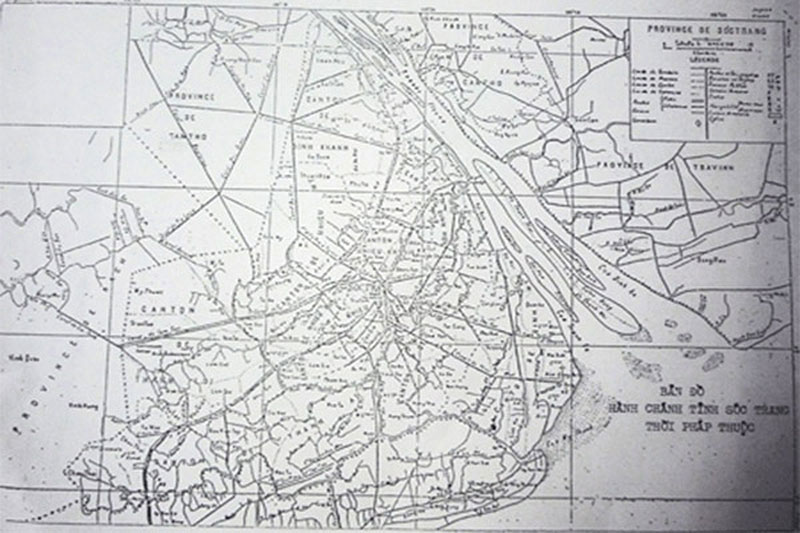 Administrative map of Soc Trang during the French colonial period.
Administrative map of Soc Trang during the French colonial period.

In 1926, the French colonialists divided Soc Trang province into 4 districts: Chau Thanh, Ke Sach, Long Phu and Phu Loc. In 1932, the Governor of Cochinchina decided to dissolve some districts in the provinces of Cochinchina, but in 1941, the Governor of Cochinchina decided to re-establish Phu Loc district.
On our side, after the August Revolution in 1945, Phu Loc district was called Thanh Tri district. During the resistance war against the French, Soc Trang province had Vinh Chau district of Bac Lieu province transferred to it. After that, we merged Vinh Chau district into Thanh Tri district and named it Thanh Tri. Also during this period, Soc Trang had some more communes from Rach Gia and Can Tho provinces transferred to it.
In 1955, following the direction of the Inter-Provincial Party Committee, Soc Trang province transferred Vinh Chau district to Bac Lieu province. At the end of 1957, Soc Trang province received Bac Lieu town and the districts: Vinh Loi, Vinh Chau, Gia Rai of Bac Lieu province and Hong Dan district of Rach Gia province. Also in this year, Soc Trang province merged the two districts of Vinh Loi and Vinh Chau into one district named Vinh Loi - Vinh Chau (in 1962, the two districts were separated again as before). In early 1958, Ke Sach district merged into Can Tho province. Thus, at this time, Soc Trang province had 2 towns (Soc Trang town, Bac Lieu town) and 7 districts (Chau Thanh, Long Phu, Thanh Tri, Vinh Chau, Vinh Loi, Hong Dan, Gia Rai).
In November 1973, according to the decision of the Southwest Region Party Committee, Soc Trang transferred Vinh Loi, Hong Dan districts, and Bac Lieu town to Bac Lieu province (except Gia Rai district which was transferred to Ca Mau province since 1961). Decree No. 31/ND, dated February 21, 1976 of the Provisional Revolutionary Government of the Republic of South Vietnam stipulated the dissolution of the region level and the merger of several provinces. Soc Trang province merged with Can Tho province and Can Tho city to form Hau Giang province.
During the 10th session (VIII term) of the National Assembly of the Socialist Republic of Vietnam on December 26, 1991, it was decided to separate Hau Giang province into 02 provinces: Soc Trang and Can Tho. Soc Trang province officially came into operation in early April 1992, including the districts: My Tu, Ke Sach, Thanh Tri, My Xuyen, Long Phu, Vinh Chau and Soc Trang town.
On January 11, 2002, the Government of the Socialist Republic of Vietnam issued Decree No. 04/2002/ND-CP, adjusting the administrative boundaries of Long Phu district and establishing Cu Lao Dung district, Soc Trang province. On October 31, 2003, the Government of the Socialist Republic of Vietnam issued Decree No. 127/2003/ND-CP, adjusting the administrative boundaries of Thanh Tri district and establishing Nga Nam district, Soc Trang province. On February 8, 2007, the Government of the Socialist Republic of Vietnam issued Decree No. 22/2007/ND-CP on the establishment of Soc Trang city, Soc Trang province. On September 24, 2008, the Government of the Socialist Republic of Vietnam issued Decree No. 02/ND-CP, adjusting the administrative boundaries of My Tu district and establishing Chau Thanh district, Soc Trang province. On December 23, 2009, the Government of the Socialist Republic of Vietnam issued Resolution No. 64/NQ-CP, adjusting the administrative boundaries of My Xuyen and Long Phu districts and establishing Tran De district, Soc Trang province.
As of 2019, Soc Trang has an area of 3,311.9 km2; the province's administrative units include 01 city, 02 towns, 08 districts with 109 communes, wards and towns, including: Soc Trang city, Vinh Chau town, Nga Nam town, Tran De district, My Xuyen district, Thanh Tri district, My Tu district, Chau Thanh district, Ke Sach district, Long Phu district and Cu Lao Dung district.
The 2019 population census results show that the total population of the province is 1,199,653 people (a decrease of 93,200 people compared to the 2009 census), including 597,992 men and 601,731 women, the proportion of women accounts for 50.16% of the total population of the province, population density is 362 people/km2; Kinh ethnic group is 774,807 people, other ethnic groups are 424,864 people.
The population of Soc Trang is mainly composed of three ethnic groups: Kinh, Khmer and Hoa, who have joined together to reclaim, build and protect this land. Through many ups and downs of history, national consciousness, patriotism and solidarity against foreign invaders have been increasingly consolidated. The patriotism of the people of Soc Trang has been demonstrated since the time of reclaiming and expanding the new land, bravely fighting against the pirates of Java (now Indonesia), the invaders of Siam (now Thailand), preserving their homeland, protecting the graves of their ancestors. Together with the Tay Son army, they fought against 50,000 Siamese troops (asked by Nguyen Anh) who invaded our country, creating a historic victory at Rach Gam - Xoai Mut.
When the French colonialists invaded our country, the Nguyen Dynasty cowardly offered three provinces in the East, then three provinces in the West of Nam Ky to the French. The people of Soc Trang, together with the people of the six provinces, steadfastly participated in the uprising movement to fight against the French, led by patriotic scholars such as Truong Dinh, Nguyen Huu Huan, Nguyen Trung Truc... Not only through the struggles against the enemy, the people of Soc Trang also participated in patriotic and political movements to gain independence for the nation. The patriotic movement initiated by Phan Boi Chau, Phan Chu Trinh, and Nguyen An Ninh spread to Soc Trang. The secret society "Thien Dia Hoi" appeared right in Soc Trang town. Those patriotic movements aroused and demonstrated the indomitable tradition of fighting against foreign invaders left by our ancestors.
Promoting the nation's tradition in the cause of building and defending the country, under the leadership of the Communist Party of Vietnam, directly the Provincial Party Committee, the people of Soc Trang have achieved glorious victories throughout history, especially rising up to respond to the Southern uprising, typically the uprising of the Hoa Tu army and people against the French colonialists and their henchmen. Although the Southern uprising was bloodily terrorized by the enemy, the people of Soc Trang still maintained a strong belief in victory, together with the whole country, making the August 1945 uprising a success, gaining independence and freedom for the Fatherland. Entering the 9-year resistance war against the invading French colonialists with the strength of patriotism, deep hatred for the enemy and indomitable fighting spirit, the people of Soc Trang contributed to the whole country to defeat the brutal enemy, forcing the French colonialists to withdraw from Vietnamese territory. 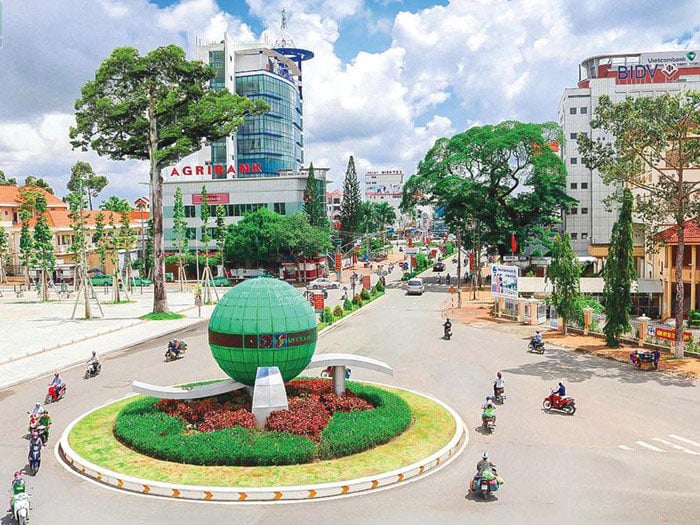 The urban appearance of Soc Trang city is increasingly spacious, green - clean - beautiful.
The urban appearance of Soc Trang city is increasingly spacious, green - clean - beautiful.

In 1954, peace had not been restored for long, the US imperialists continued to intervene and wage a war of aggression in Vietnam. Although the enemy this time was brutal, dangerous, and had many times more modern weapons than before. But under the talented leadership of the Communist Party of Vietnam, the Soc Trang Provincial Party Committee and the strong will, the people of Soc Trang once again stood up together with the whole country to fight, not afraid of sacrifice and hardship, the first person fell, the next person rushed forward to destroy the enemy, implementing Uncle Ho's teaching "Nothing is more precious than independence and freedom" for 21 years, creating a great victory to completely liberate the South and the homeland of Soc Trang on April 30, 1975.
After the complete liberation of the South, the Party and people are determined to successfully carry out two strategic tasks: Building and defending the Socialist Republic of Vietnam. Together with the whole country, we will firmly advance towards socialism, build an increasingly prosperous homeland, and strive for the goal of a rich people, a strong country, and a fair, democratic and civilized society.
Through many ups and downs of history and development, the ethnic groups in Soc Trang province have had a close blood relationship, building a spirit of friendship, mutual support in times of trouble, helping each other in labor and production, respecting each other in daily life, customs, freedom of belief... creating a harmonious life in terms of economy, culture, and society of the ethnic community. In particular, in communication, the working people here also demonstrate the virtues of valuing humanity, being straightforward, frank, living generously, simply, and having sincere, rustic feelings, which are the traditional nature of the people of the South in general and the people of Soc Trang in particular./.
Editorial Board


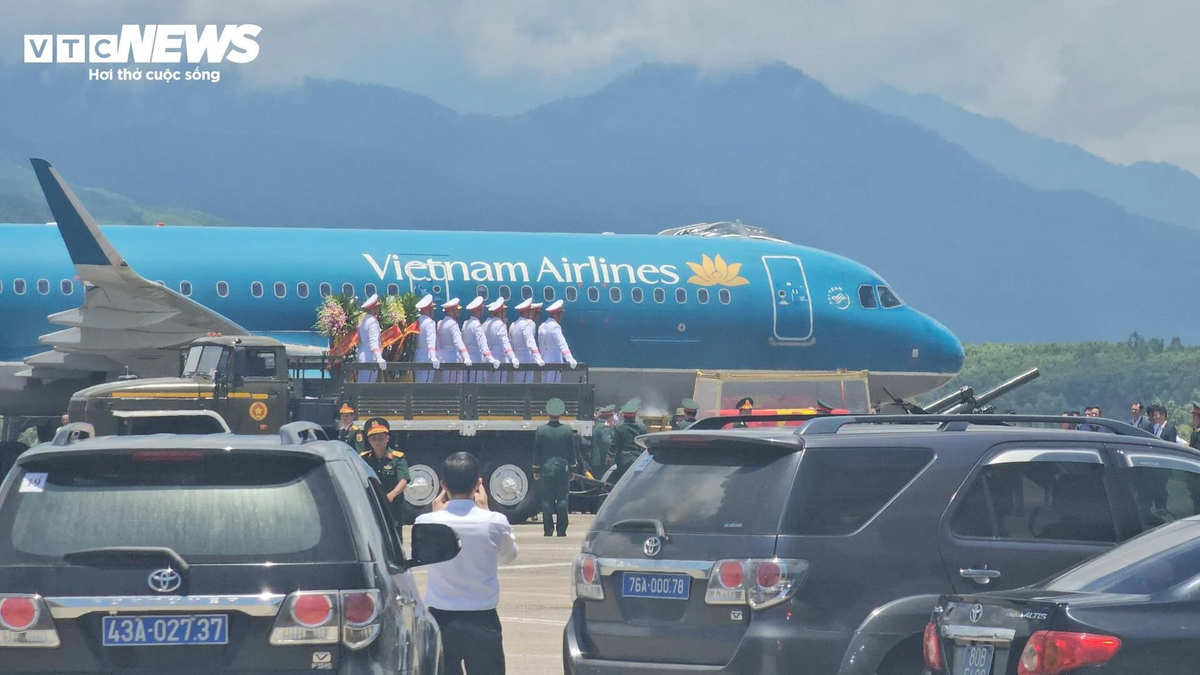

![[Photo] President Luong Cuong receives Lao Vice President Pany Yathotou](https://vphoto.vietnam.vn/thumb/1200x675/vietnam/resource/IMAGE/2025/5/25/958c0c66375f48269e277c8e1e7f1545)
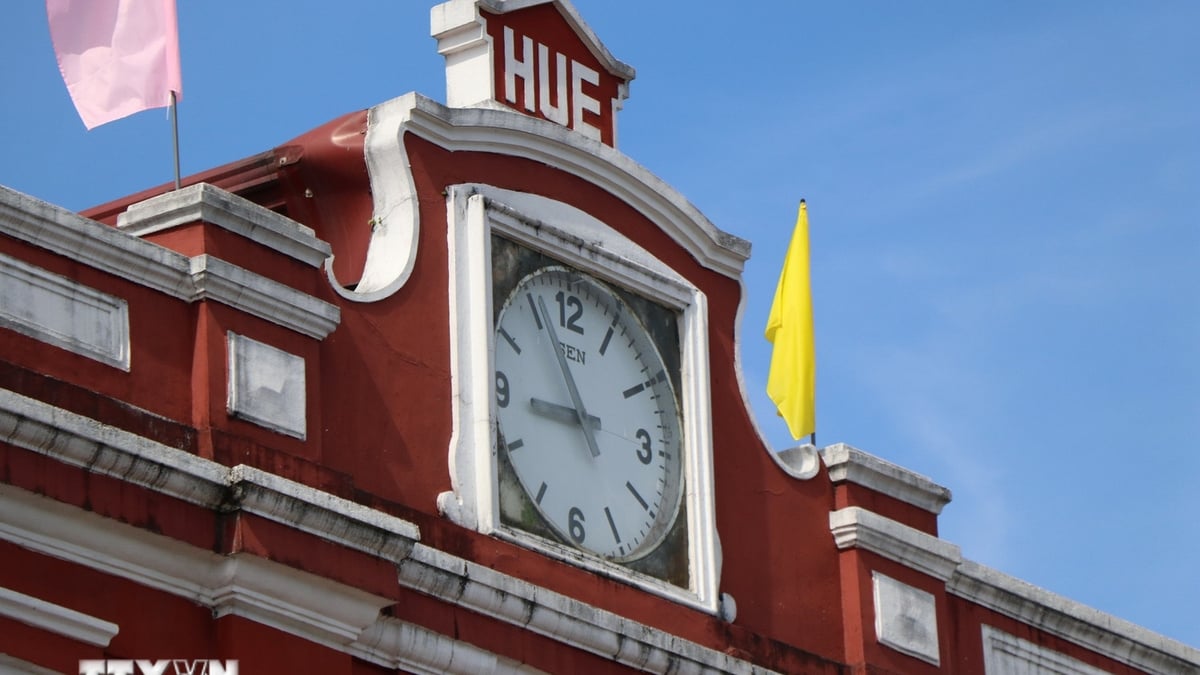
![[Photo] The coffin of former President Tran Duc Luong arrives in Quang Ngai](https://vphoto.vietnam.vn/thumb/1200x675/vietnam/resource/IMAGE/2025/5/25/1f1aca0d92ab47deae07934e749b35e6)
![[Photo] Festival of accompanying young workers in 2025](https://vphoto.vietnam.vn/thumb/1200x675/vietnam/resource/IMAGE/2025/5/25/7bae0f5204ca48ae833ab14d7290dbc3)
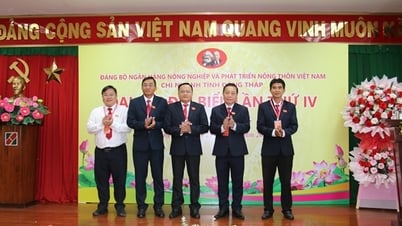

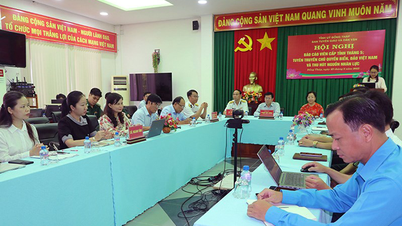
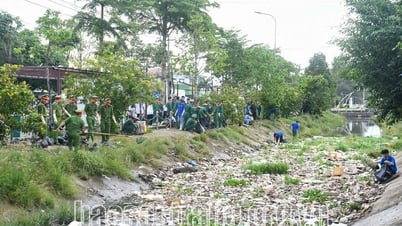

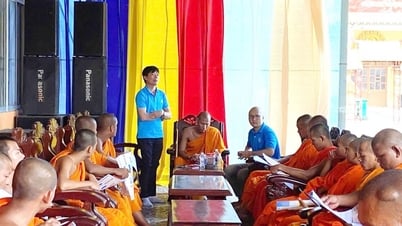









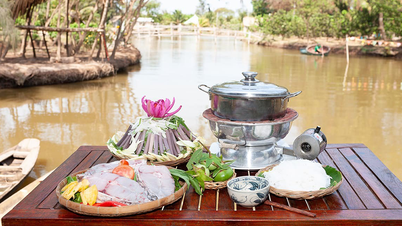
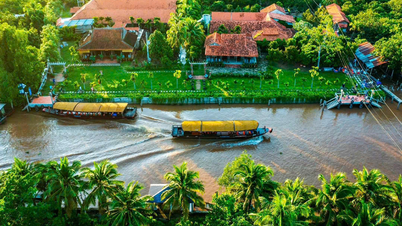








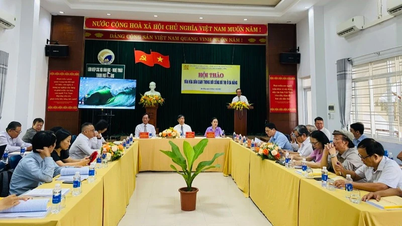




















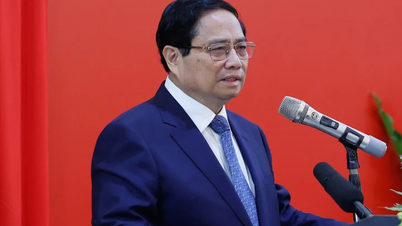

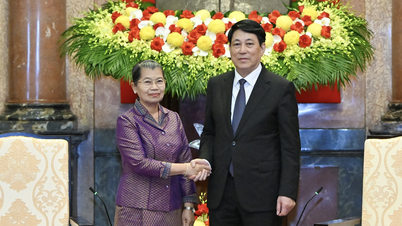

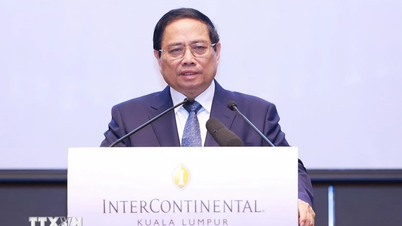









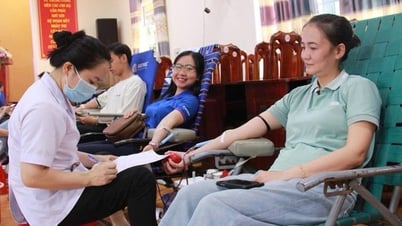




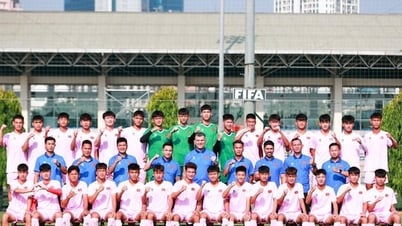







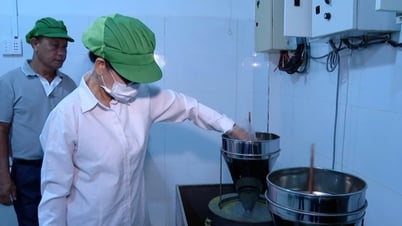




Comment (0)